She saw places that aren’t even there any more! (The Last War in Albion Book Two Part 12: Pax Americana)
_001-001.jpg) |
| Figure 885: The eight panel grid and recurrent figure eight motif in Pax Americana. (Written by Grant Morrison, art by Frank Quitely and Nathan Fairbairn, from The Multiversity: Pax Americana, 2014) |
Previously in The Last War in Albion: When it came out, Watchmen was generally hailed, along with Frank Miller’s Batman: The Dark Knight Returns as the vanguard for a more “mature” taken on superheroes – one marked by a great degree of cynicism and violence, an approach Moore would later come to repudiate, and that would lead him towards a profound ambivalence about Watchmen as a work.
It would be ridiculous to suggest that Moore did not want Watchmen to succeed, but equally, it’s clear that the terms on which it did succeed were intensely upsetting to him. In a fundamental sense, the book he wrote and the book people read were two very different things. And the gulf between those two versions of Watchmen is a huge and fundamental part of the reaction to the book.
It is also a gulf explored by Grant Morrison in his 2014 comic Pax Americana, part of his larger Multiversity series of semi-connected one-shots exploring alternate Earths in the DC Multiverse he had helped restore in 2007. The comic was explicitly modeled after Watchmen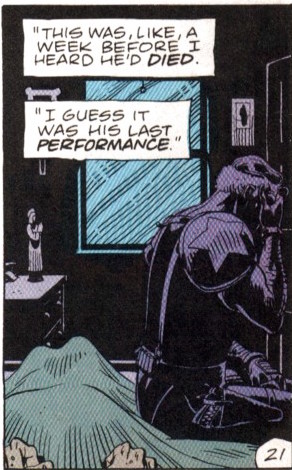 – indeed, Morrison had been hyping it since 2009, describing it as rooted in “that sort of crystalline, self-reflecting storytelling method” and an attempt to capture what would happen “if Alan Moore and Dave Gibbons had pitched the Watchmen now, rooted in a contemporary political landscape, but with the actual Charlton characters instead of analogues.” In this regard, what is perhaps most significant about it is that it is not an imitation of Watchmen as such. Where many comics overtly following from Watchmen adopt its nine panel grid, Pax Americana is based around an eight panel grid, albeit significantly more loosely than Watchmen is around its grid. This is in turn reflected within the comic, which uses the figure eight as a recurring visual motif. But Morrison slyly plays on the image, using it not just to represent the number 8, but as an infinity symbol, a figure that tacitly invokes Doctor Manhattan’s line shortly before the end of Watchmen, “nothing ever ends.”
– indeed, Morrison had been hyping it since 2009, describing it as rooted in “that sort of crystalline, self-reflecting storytelling method” and an attempt to capture what would happen “if Alan Moore and Dave Gibbons had pitched the Watchmen now, rooted in a contemporary political landscape, but with the actual Charlton characters instead of analogues.” In this regard, what is perhaps most significant about it is that it is not an imitation of Watchmen as such. Where many comics overtly following from Watchmen adopt its nine panel grid, Pax Americana is based around an eight panel grid, albeit significantly more loosely than Watchmen is around its grid. This is in turn reflected within the comic, which uses the figure eight as a recurring visual motif. But Morrison slyly plays on the image, using it not just to represent the number 8, but as an infinity symbol, a figure that tacitly invokes Doctor Manhattan’s line shortly before the end of Watchmen, “nothing ever ends.”
_001-002.jpg) |
| Figure 886: An assassination in reverse. (Written by Grant Morison, art by Frank Quitely and Nathan Fairbairn, from The Multiversity: Pax Americana, 2014) |
Indeed, the complex notion of time implied by this iconography manifests throughout Pax Americana. Like Watchmen, it engages in considerable non-linear storytelling, but where Watchmen has a clear forward-moving narrative that runs from the beginning of issue #1 to the end of issue #12, albeit one punctuated by a number of clearly designated flashbacks, Pax Americana is simply told non-chronologically, with the reader left to piece together the actual sequence of events within the narrative. Its opening section, depicting the assassination of the President of the United States by the Peacemaker (shot in an open-topped motorcade, a tacit reference to Watchmen’s suggestion, made explicit in the film, that the Comedian was involved in the Kennedy assassination) in reverse over the course of three pages, a clear sign that this is not a comic with a straightforward relationship to time.…

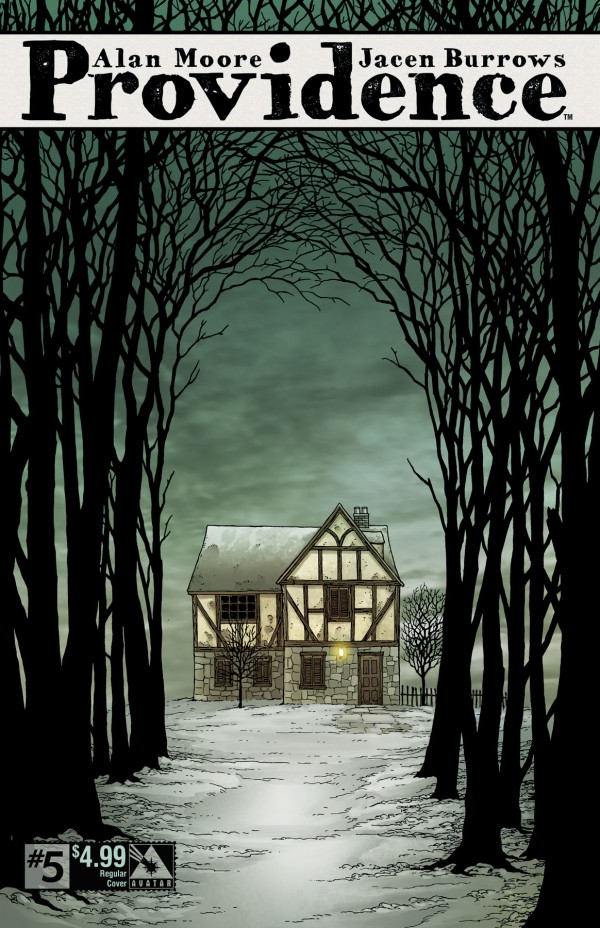 As always, from worst to best of what I bought.
As always, from worst to best of what I bought. Quietly and behind the scenes, far from the watchful eyes of most of us, Nintendo was systematically fucking absolutely everything up. The long term result of this would eventually be the cataclysmic end of Nintendo’s dominance over the video game industry. The short term result was Star Fox.
Quietly and behind the scenes, far from the watchful eyes of most of us, Nintendo was systematically fucking absolutely everything up. The long term result of this would eventually be the cataclysmic end of Nintendo’s dominance over the video game industry. The short term result was Star Fox.
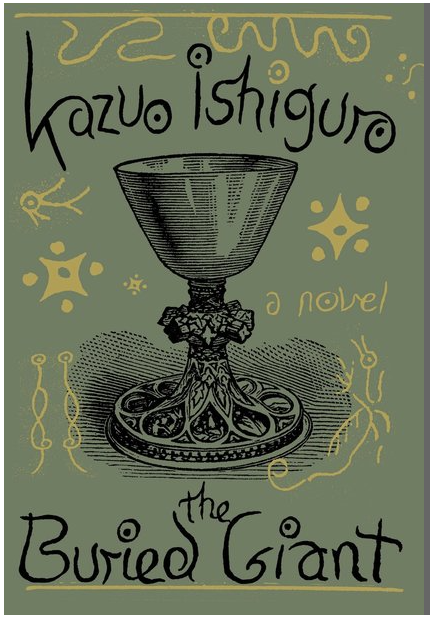
 That didn’t quite work for me, at least on a first viewing, although watching it again as I write this it improves. Much of that is, I think, being free from the weird vertigo of the fake cliffhanger. I have mixed views about deliberate misdirection via out-of-context flash forwards as a technique. Actually, that’s generous; I tend to think they’re a cheap trick (and am still known to grouse about the utterly shameless and unnecessary one in
That didn’t quite work for me, at least on a first viewing, although watching it again as I write this it improves. Much of that is, I think, being free from the weird vertigo of the fake cliffhanger. I have mixed views about deliberate misdirection via out-of-context flash forwards as a technique. Actually, that’s generous; I tend to think they’re a cheap trick (and am still known to grouse about the utterly shameless and unnecessary one in 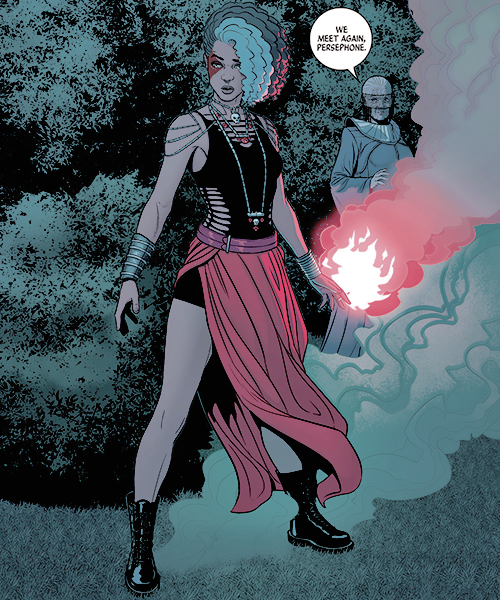 So I admit, this is a category I know basically nothing about. I mean, I assume it doesn’t generally go to comic artists, and so my instinct to nominate J.H. Williams III and Jamie McKelvie, though not unreasonable from any aesthetic perspective, is still out of keeping with social norms. Still, here’s the second most mindblowing moment of one of the best comics of the year, and a fantastic costume design to boot, and people can tell me what’s normal to nominate here.
So I admit, this is a category I know basically nothing about. I mean, I assume it doesn’t generally go to comic artists, and so my instinct to nominate J.H. Williams III and Jamie McKelvie, though not unreasonable from any aesthetic perspective, is still out of keeping with social norms. Still, here’s the second most mindblowing moment of one of the best comics of the year, and a fantastic costume design to boot, and people can tell me what’s normal to nominate here. 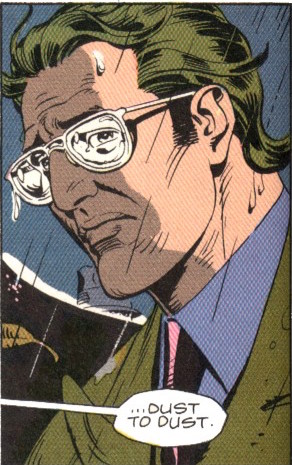 This also helps explain how Watchmen relates to what was, by the mid-80s, a significant body of revisionist takes on superheroes. The most obvious point of comparison here is Frank Miller’s Batman: The Dark Knight Returns, which came out from March to June of 1986, with the final issue coming a week after the first issue of Watchmen. The proximity of the two nuclear paranoia-fueled revisionist tales of aging superheroes, along with a wealth of news articles that cited them, along with Art Spiegelman’s Maus as heralding a new, mature era for comics (usually, as famously noted by Neil Gaiman, carrying titles along the lines of “Zap! Pow! Comics Aren’t Just for Kids Anymore!”), made them obvious bedfellows, an impression heightened by the fact that Moore and Miller were critical darlings among the same crowds.
This also helps explain how Watchmen relates to what was, by the mid-80s, a significant body of revisionist takes on superheroes. The most obvious point of comparison here is Frank Miller’s Batman: The Dark Knight Returns, which came out from March to June of 1986, with the final issue coming a week after the first issue of Watchmen. The proximity of the two nuclear paranoia-fueled revisionist tales of aging superheroes, along with a wealth of news articles that cited them, along with Art Spiegelman’s Maus as heralding a new, mature era for comics (usually, as famously noted by Neil Gaiman, carrying titles along the lines of “Zap! Pow! Comics Aren’t Just for Kids Anymore!”), made them obvious bedfellows, an impression heightened by the fact that Moore and Miller were critical darlings among the same crowds.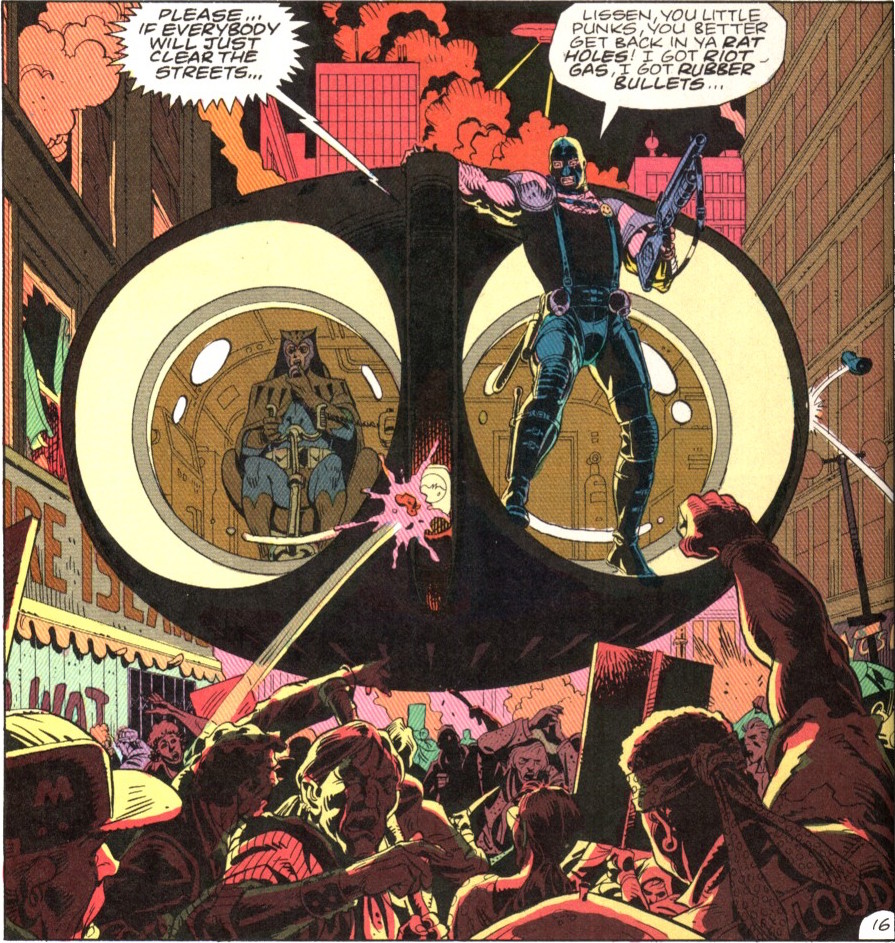 Moore was also a vocal proponent of Miller’s work, and had been since 1983, when he wrote an essay in The Daredevils praising and analyzing the Miller Daredevil run whose reprints headlined the magazine. (He also, of course, wrote “Grit,” a parody of Miller’s Daredevil work, for the same magazine.) Indeed, he wrote the introduction to the first trade paperback edition of The Dark Knight Returns, calling it “one of the few genuine comic book landmarks worthy of a lavish and more durable presentation.” And indeed, the work is a perennial bestseller and a landmark work, although its status as a classic has, in recent years, found itself endangered by a larger shift in Miller’s critical reception brought on in part by his unfortunate late career turn towards crass Islamophobia in works like Holy Terror and his tendency to do things like call the 2011 Occupy protests “a pack of louts, thieves, and rapists” due to their failure to sufficiently oppose radical Islam. And indeed, More has been a part of that turn, proclaiming in 2011 that “Frank Miller is someone whose work I’ve barely looked at for the past twenty years” before going on to criticize the majority of Miller’s work from that period, and suggesting, of his Occupy criticism, that “if it had been a bunch of young, sociopathic vigilantes with Batman make-up on their faces, he’d be much more in favour of it.”
Moore was also a vocal proponent of Miller’s work, and had been since 1983, when he wrote an essay in The Daredevils praising and analyzing the Miller Daredevil run whose reprints headlined the magazine. (He also, of course, wrote “Grit,” a parody of Miller’s Daredevil work, for the same magazine.) Indeed, he wrote the introduction to the first trade paperback edition of The Dark Knight Returns, calling it “one of the few genuine comic book landmarks worthy of a lavish and more durable presentation.” And indeed, the work is a perennial bestseller and a landmark work, although its status as a classic has, in recent years, found itself endangered by a larger shift in Miller’s critical reception brought on in part by his unfortunate late career turn towards crass Islamophobia in works like Holy Terror and his tendency to do things like call the 2011 Occupy protests “a pack of louts, thieves, and rapists” due to their failure to sufficiently oppose radical Islam. And indeed, More has been a part of that turn, proclaiming in 2011 that “Frank Miller is someone whose work I’ve barely looked at for the past twenty years” before going on to criticize the majority of Miller’s work from that period, and suggesting, of his Occupy criticism, that “if it had been a bunch of young, sociopathic vigilantes with Batman make-up on their faces, he’d be much more in favour of it.” 
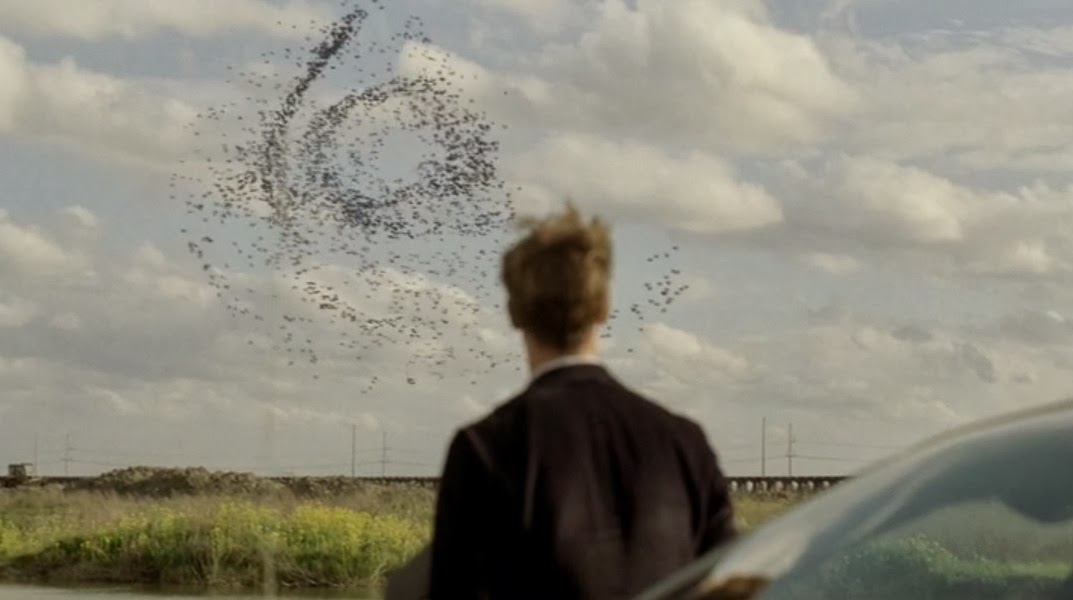 The anthropocene extinction, which Jack quite reasonably argues should be called the capitalocene extinction, is by some margin the most urgent philosophical issue facing humanity today. So let’s talk about a pretentiously well-directed television show that purports to be a crime drama, but is really just a vehicle for two men to urgently discuss the nature of the universe.
The anthropocene extinction, which Jack quite reasonably argues should be called the capitalocene extinction, is by some margin the most urgent philosophical issue facing humanity today. So let’s talk about a pretentiously well-directed television show that purports to be a crime drama, but is really just a vehicle for two men to urgently discuss the nature of the universe.